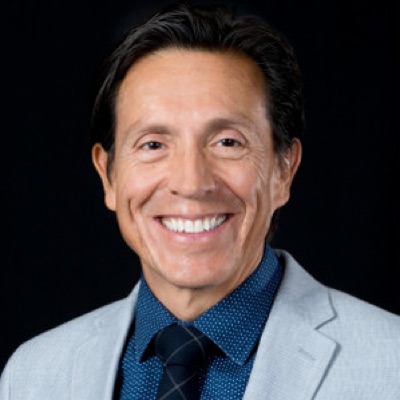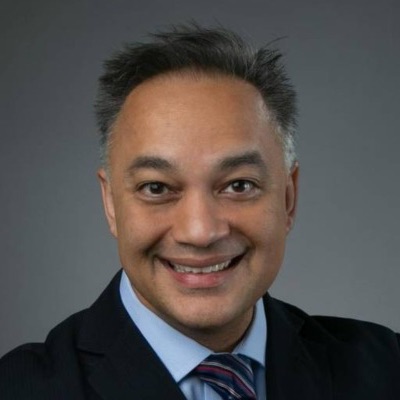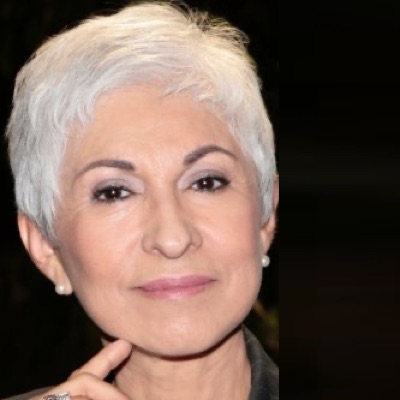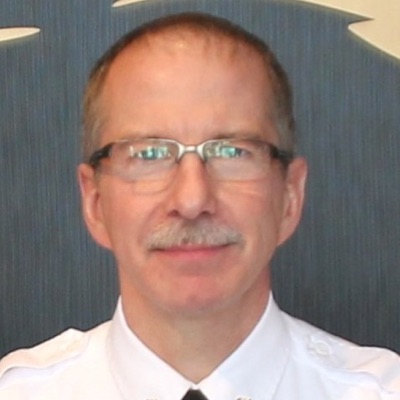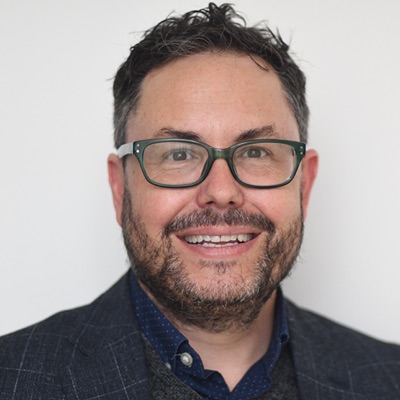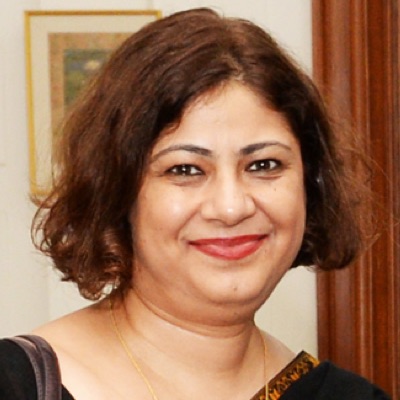In March 2022, the National Academies of Sciences, Engineering, and Medicine hosted a two-day workshop, Building Public Trust in Public Health Emergency Preparedness and Response Science. The workshop examined issues of building knowledge of and trust in public health emergency preparedness and response science enterprise—the institutions, the research process, and the researchers and practitioners. The workshop highlighted opportunities and aimed to:
LEARN about the public’s current knowledge of and attitudes towards PHEPR science
EXPLORE empirical evidence on effective strategies to create and maintain public confidence and trust in PHEPR science
UNDERSTAND how public confidence and trust in PHEPR science can be lost and how it can be rebuilt
DISCUSS the role that key stakeholders have in creating and maintaining public confidence and trust in PHEPR science


